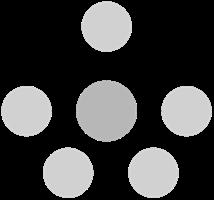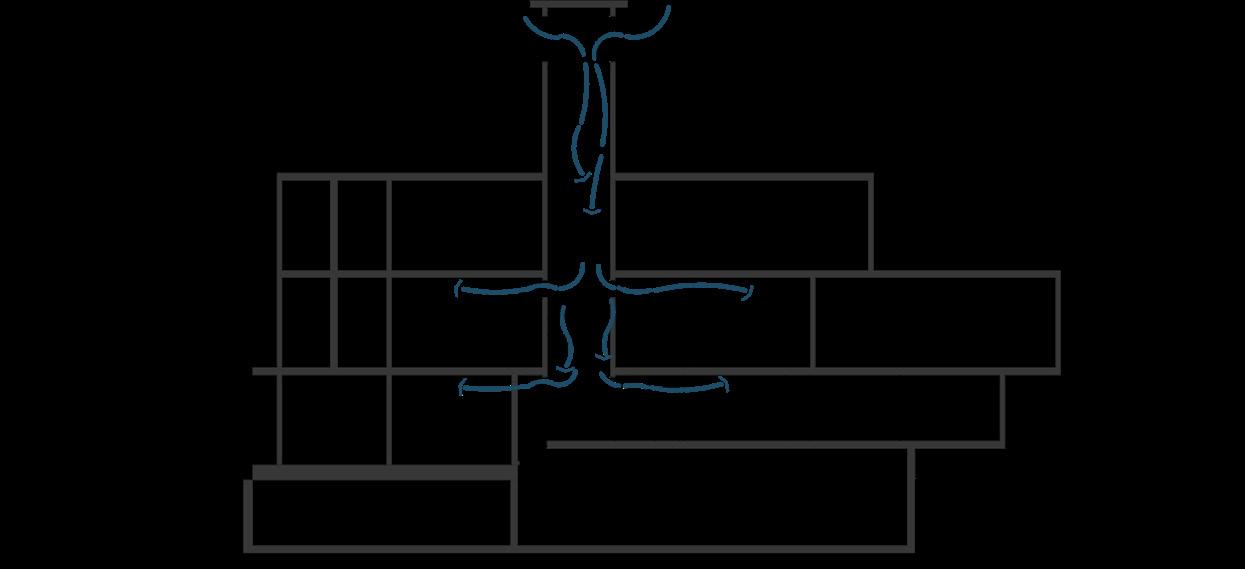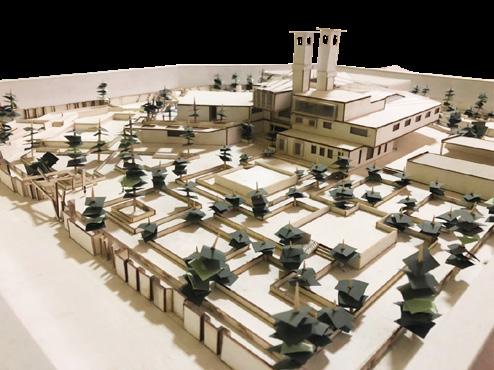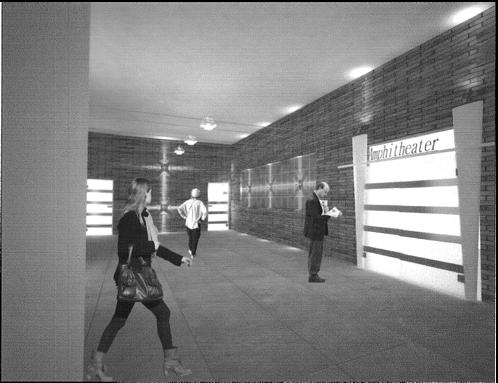CV.PORTFOLIO
Sustainable Architecture
Amirhossein Foroutani
Education

Education
Personal information
Amirforoutani@yahoo.com
- B.Sc., Applied Science Architecture, Engineering Department, Hafez Institute Of Higher Education, Shiraz, Iran.
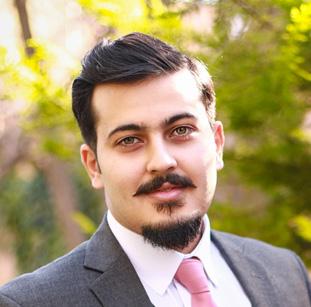
Total GPA: 14.94/20 (2.91/4)
- Associate Degree, Architectural Drawing, Engineering Department, Eram Institute Of Higher Education, Shiraz, Iran.
Total GPA: 14.67/20 (2.90/4)
- Pre_University School Diploma, Mathematical Science, Office Of Education, Shiraz, Iran.
- High School Diploma, Architectural Drawing_ Professional And Technical Branch, Sharif Technical School, Shiraz, Iran.
Amirhossein Foroutani ArchitectCertification
2014
2014 Presentation
2018
- Basic Fundamentals of Visual Art And Decoration, Ministry Of Science Research And Technology, Iran.
- Fundamentals of interior Decoration, Ministry Of Science Research And Technology, Iran.
- Foroutani. A. Investigating the concept of structure in traditional and contemporary architecture in Iran, Engineering Department, Hafez Institute Of Higher Education, Shiraz, Iran.
Research Experience
- B.Sc. Thesis, “ Center of sustainable education and development with an approach to growth and sustainability energy”, Engineering Department, Hafez Institute Of Higher Education, Shiraz, Iran.
- Architectural Design V, “Residential suites for environmental researchers (suitable for the vulnerable environment and portable capacity)”, Engineering Department, Hafez Institute Of Higher Education, Shiraz, Iran.
- Architectural Design IV, “Salt lake recreation and accommodation center in southwestern Iran “, Engineering Department, Hafez Institute Of Higher Education, Shiraz, Iran.
- Architectural Design III, “Garden museum of medical engineering with an approach high technology architecture in Shiraz”, Engineering Department, Hafez Institute Of Higher Education, Shiraz, Iran.
- Architectural Design II, “ Shiraz university of architecture with an approach sustainability and green architecture”, Engineering Department, Hafez Institute Of Higher Education, Shiraz, Iran.
Industry Experience
- A total of 16,800 m2 of residential design.
- A total of 14,700 m2 of commercial design.
- Designing of indoor urban space for children, Shiraz, Fars, Iran (2400 m2).
- Renovation designing of Chamran Hospital, Shiraz, Fars, Iran (8000 m2).
- Designing of Sadra mall, Shiraz, Fars, Iran (3000 m2).
- Designing of domestic flight terminal of Chabahar airport, Chabahar, Sistan and Baluchestan, Iran (2000 m2).
- consulting and designing green space with sustainable water supply and electricity system, Region 2 of Shiraz Municipality, Region 2, Shiraz, Fars, Iran (8 boulevards, 4 parks, 36 squares).
- Designing of the entrance element of Lamerd city with commercial landscaping and green space, Lamerd Municipality, Lamerd, Fars, Iran (5000 m2).
- Design of amphitheater hall, meeting hall, and residence suite of the police force (5000 m2)
- Designing and construction of Zarqan restaurant garden, Zarghan, Fars, Iran (2500m2).
- Designing and constructing landscaping and monument to the victims of the Iran-Iraq War, Shiraz, Fars, Iran (700 m2).
- Designing of an inroad residential complex, Chabahar, Sistan and Baluchestan, Iran (3000m2).
- Designing of urban space for children, Children’s Artificial Urban Complex, Shiraz, Fars, Iran (3000m2).
- Designing of landscaping Qeshm Beach, Qeshm Island, Hormozgan, Iran (3000m2).
- Design of Lamerd Long-Distance Bus Terminal, Lamerd, Fars, Iran (3000m2).
- Designing and landscaping of the entrance of Shiraz University sports complex, Shiraz, Fars, Iran (500 m2).
- Designing of Zarghan Equestrian Club, Zarghan, Fars, Iran (50000 m2).
- Designing and landscaping of the entrance of Shiraz Municipality, Region 2, Shiraz, Fars, Iran (100 m2).
- Establishment of “Sazeh Pardazan Shayegan Sadid” Company with registration number 40990.
Autodesk 3ds Max
Autodesk Revit Architecture
Archicad
Adobe Photoshop
Corona Renderer
Vray Renderer
Autodesk AutoCad
Microsoft Word/Powerpoint
Language Proficiency
Persian (native)
English
(IELTS test will be taken on Jan 15, 2022)
Sustainable Development
Sustainable Building Design And Planning
Environmental Impact Assessment
Architectural Design, Management, And Development
01
- B.Sc. Thesis, “ Center of sustainable education and development with an approach to growth and sustainability energy”, Engineering Department, Hafez Institute Of Higher Education, Shiraz, Iran. 2017 - 2018
02
4 - 12
Architectural Design V
- “Residential suites for environmental researchers (suitable for the vulnerable environment and portable capacity)”, Engineering Department, Hafez Institute Of Higher Education, Shiraz, Iran. 2016 - 2017
03
13 - 18
Architectural Design III
- “Garden museum of medical engineering with an approach high technology architecture in Shiraz”, Engineering Department, Hafez Institute Of Higher Education, Shiraz, Iran. 2015 - 2016
04
19 - 22
Architectural Design II
- “ Shiraz university of architecture with an approach sustainability and green architecture”, Engineering Department, Hafez Institute Of Higher Education, Shiraz, Iran. 2014 - 2015
23 - 28








- B.Sc. Thesis, “ Center of sustainable education and development with an approach to growth and sustainability energy”, Engineering Department, Hafez Institute Of Higher Education, Shiraz, Iran.
-Date: 2017 - 2018
My thesis (sustainable development center) started with some simple ideas, how we can design a building that has no negative environmental impact? How we can have a structure that is capable to grow like a child? How we can construct a building which can produce its energy requirement? And finally how we can develop these ideas in society to achieve these aims, first I chose a site in one of the most crowded streets in my hometown (Shiraz, Iran), in which there were so many pine trees. Second, I designed a special structure and connected it to the trees (the structure can grow with a central pine tree). Clearly, I needed a modular style of designing. When the first form of the building was made, I designed my special structure, which is operated by fans and the collected water from rain as a cooling system. Likewise, I used solar cells to make electricity for the users, fans, and the warming system, as well as a sloping roof as a procedure to collect the water from the rain. As a matter of fact, our purpose for designing the building is cultural and it will be used to educate experts and the public about the power of sustainability.

We are aimed to design a sustainable project, in this respect the concept of this design is the sense of independence to reach that aim. All the parts of design indicate the independence with a special structure. The concept will be represented step by step.
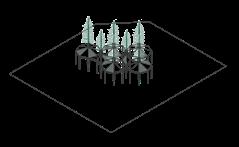












After designing the whole form of the building, I decided to connect the trees with a structure by helping iron profiles, then I invent a new type of windcatcher by using suction & pushing fan (gain the electricity – requirement from solar cells in the rooftop) and I mixed the air with water that has already been collected by the rain to make a sustainable cooling system. Furthermore, I located a new profile inside the main column in the case of growing the central tree to flourish the whole structure. I was faced with a new problem in the case of natural disasters such as earthquakes and typhoons. In this respect, I design a flexible structure to make flexibility for the structure of the building. The details illustrate the process.
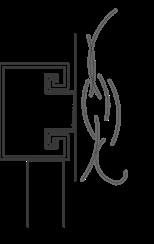





The structure of the wall is completely different. The wall is made of exposure concrete and all the pole between concretes are filled with PVC to make a flexible wall. In the case of growing the structure, I used a special plastic fabric with tension cable which is connected to a pulley to grow the wall when the whole structure is on the point of flourishing. Details indicate the process.

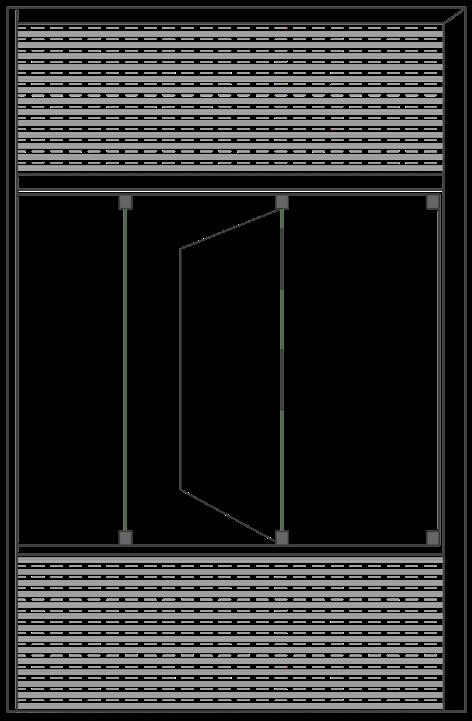

This step is related to the fundamental of the cooling system. The cooling system works with fans and water of rain. In detail, the air would catch by suction fans in the top surface of the structure, the air that has been suctioned will mix with water and it will be cooled into the tower, then by pushing fans, push the cool water to the building. The surface of the tower is made of fiberglass to hold the temperature of air and also the roof of the structure is covered by aluminum to prevent evaporation of water. Details show the process.

Aluminium plate for controlling the tempreture
Iron plate thickness 5 mm
Fiberglass for controlling the tempreture
Iron item 6*6 cm
Fiberglass for controlling the tempreture

Iron profil 10*10 cm
Rain water
In this step, I used the electricity that has been generated by solar cells to make a new warming system for the building. In detail, the floor of the building is constructed by exposure concrete with PVC in the pole of the surface and there is a myriad of electrical elements which can turn the electricity into warming energy and transfer it to the building.




Final step

Last but not least, the final step of designing is related to collecting the water. All the roofs of the building are sloping to amass the water for cooling purposes and human use in a service area such as a toilet. There is no refinement for the water, so this would not be edible.





- Used material: plexiglas and maquette cardboard




- “Residential suites for environmental researchers (suitable for the vulnerable environment and portable capacity)”, Engineering Department, Hafez Institute Of Higher Education, Shiraz, Iran.

- Date: 2016 - 2017
One of the major problems in scientific research is related to the shortage of residential areas in a fragile environment that has harsh climate such as deserts or hard accessibility like rocky mountains or arctic regions. In this respect, I design residential suits which could be suitable for these conditions. These suits are designed by sustainable energy such as solar system to generate electricity for users and I invented a new method of cooling and warming system which it runs by only electricity and a less amount of water that can be collected by rain and pushing the hot/cool air into the suits by fans. Also, the whole structures are not quite connected to the ground to protect the territory and prevent any soil degradation. The purpose of this design is to make residential suits for scientists who want to make some experiments in a sensitive environment.





-Cooling system details


-Warming system details
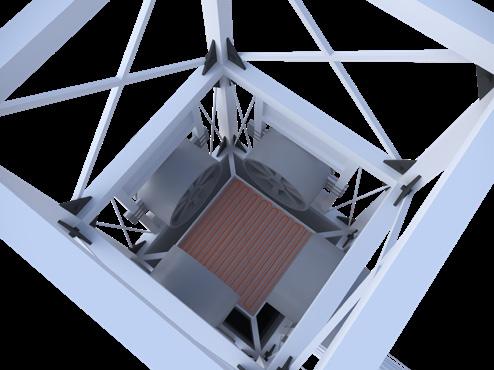




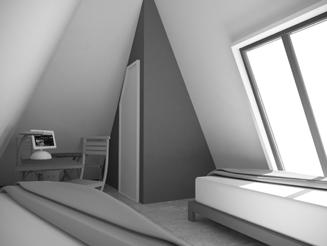
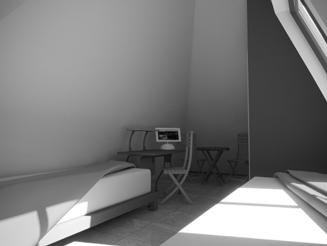

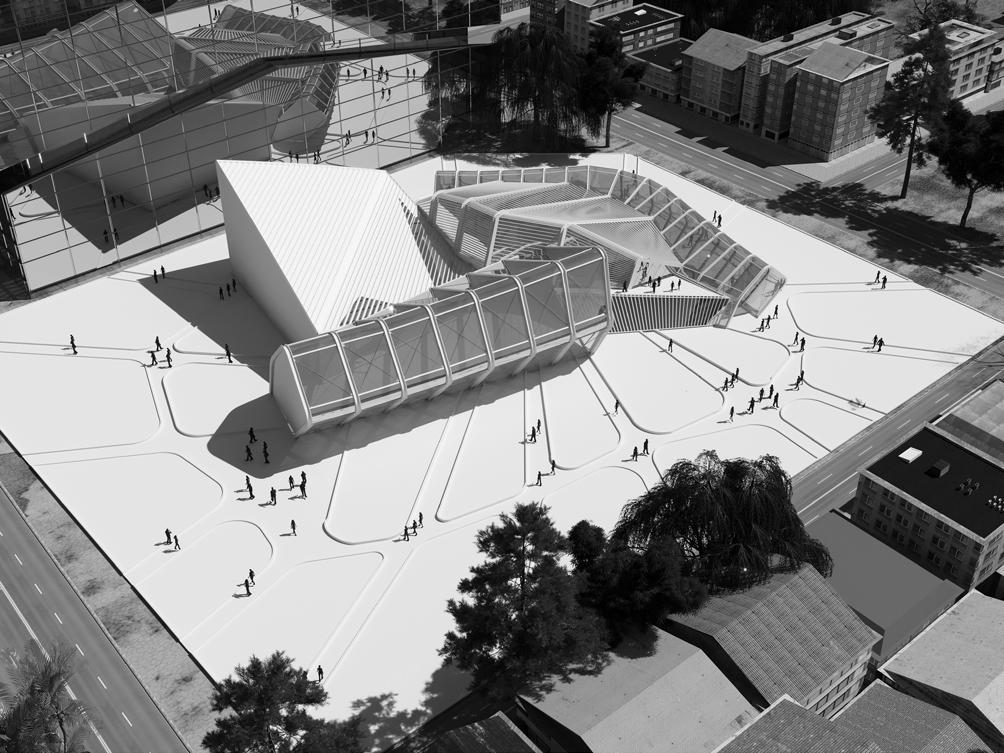
- “Garden museum of medical engineering with an approach high technology architecture in Shiraz”, Engineering Department, Hafez Institute Of Higher Education, Shiraz, Iran.
- Date: 2015 - 2016
One of the important fields in the world is medical engineering which is as crucial as the medical system. In this respect, I decided to design a garden museum that can illustrate my achievement in this field. The form of the building was inspired by brain neurons to show the complexity of our brains. The concept of this design is the power of engineering and accuracy in medical that is required a high technology architectural style to achieve my concept and educate visitors about the crucial part of medical engineering in our well-being. To sum up, all the design is aimed to indicate this value.
















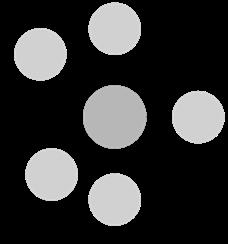
- Architectural Design II, “ Shiraz university of architecture with an approach sustainability and green architecture”, Engineering Department, Hafez Institute Of Higher Education, Shiraz, Iran.
- Date: 2014 - 2015
In this design, we are encouraged to design a university for architectural fields. The concept of this design is independence. To achieve this concept, for the first time I used sustainable architecture, thereby beginning a study on this field in our ancient architecture and I realized our predecessors had the best solution. In some deserts which have a harsh climate, ancient architects use a special tower as a facility for the cooling system, which is called a wind catcher. I redesign the towers with a new facility. The towers are worked by the solar system and collecting water from rain and make a new sustainable cooling system. In addition, I used the electricity of the solar system to gain a new warming system by using hot elements. The two towers of the building also have structural aims and control the whole structure by using tension cables. In conclusion, the building is completely sustainable and no source of energy is required and there is no environmental impact.




